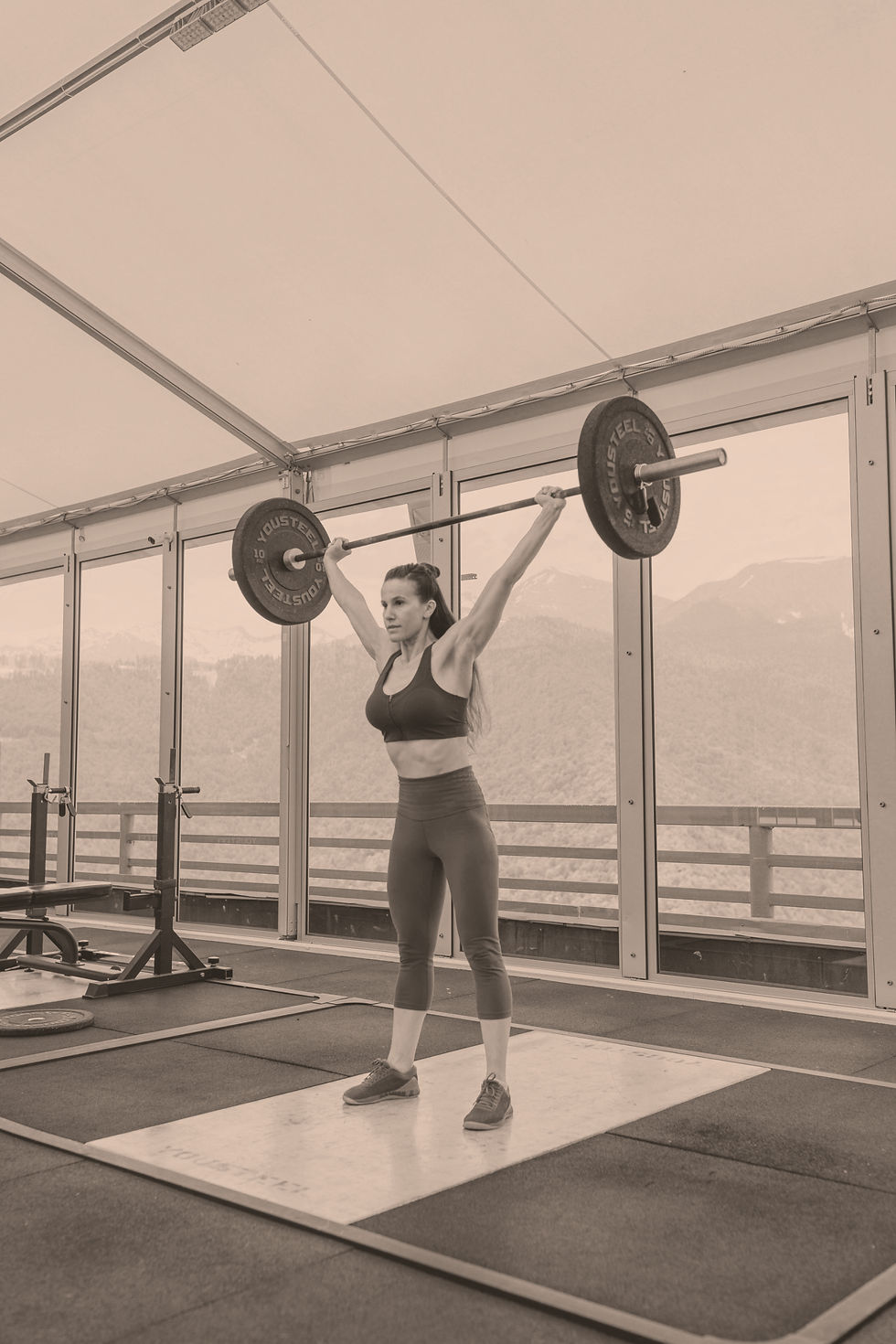How Perfect Do Athletes Need to Be When Olympic Lifting?
- Coach Dave

- Jul 8
- 2 min read
Olympic lifts—the snatch and the clean & jerk—have long been embedded in athletic development programs for their capacity to develop high levels of rate of force development (RFD), triple extension mechanics, and neuromuscular coordination. But the question arises often in high-performance settings: How technically precise does an athlete need to be to benefit from Olympic lifting?
The answer depends on the training context and the purpose of the lift. In sport performance settings (outside the sport of weightlifting itself), the Olympic lifts are a tool, not the objective. Their utility lies in transferring to sport-specific expressions of power—such as sprinting, jumping, or change of direction—not in achieving competition-standard execution.
Competency vs. Perfection
From a biomechanical and motor control standpoint, the primary requirements for safe and effective implementation are:
A vertical bar path, minimizing horizontal displacement to reduce shear forces and inefficiencies.
A forceful triple extension of the ankle, knee, and hip, ideally sequenced and completed before arm pull or drop-under.
A stable and controlled catch position, particularly in the clean, where receiving the bar with an upright torso and engaged posterior chain is crucial.
Symmetrical force application, avoiding asymmetries that may indicate compensatory patterns or mobility deficits.
What’s not required is perfection in receiving depth, bar turnover speed, or competition-legal lockouts. Most athletes can derive substantial power benefits from a technically sound power clean or hang variation, even if they lack the mobility or movement history to execute full snatches or deep cleans.
Diminishing Returns on Technical Obsession
It’s important to note that excessive pursuit of technical perfection—particularly in team sport settings—can reduce the efficiency and practicality of Olympic lift inclusion. Time spent micro-correcting bar trajectory or foot turnover may yield marginal gains at best and, at worst, displace other high-impact training elements such as sprinting or plyometrics.
Additionally, the Olympic lifts exist on a spectrum. For athletes with poor dorsiflexion, shoulder mobility limitations, or prior injuries, variations like clean pulls, mid-thigh pulls, or push presses may offer more accessible and sport-relevant loading with reduced technical overhead.
Bottom Line
Athletes don’t need to be perfect Olympic lifters to gain from Olympic lifting. They need to be technically competent—able to move with intent, consistency, and structural integrity. As long as the movement quality supports the athlete’s goals, falls within their biomechanical bandwidth, and respects load tolerance, “good enough” can be more than sufficient for developing sport-specific power.




Comments